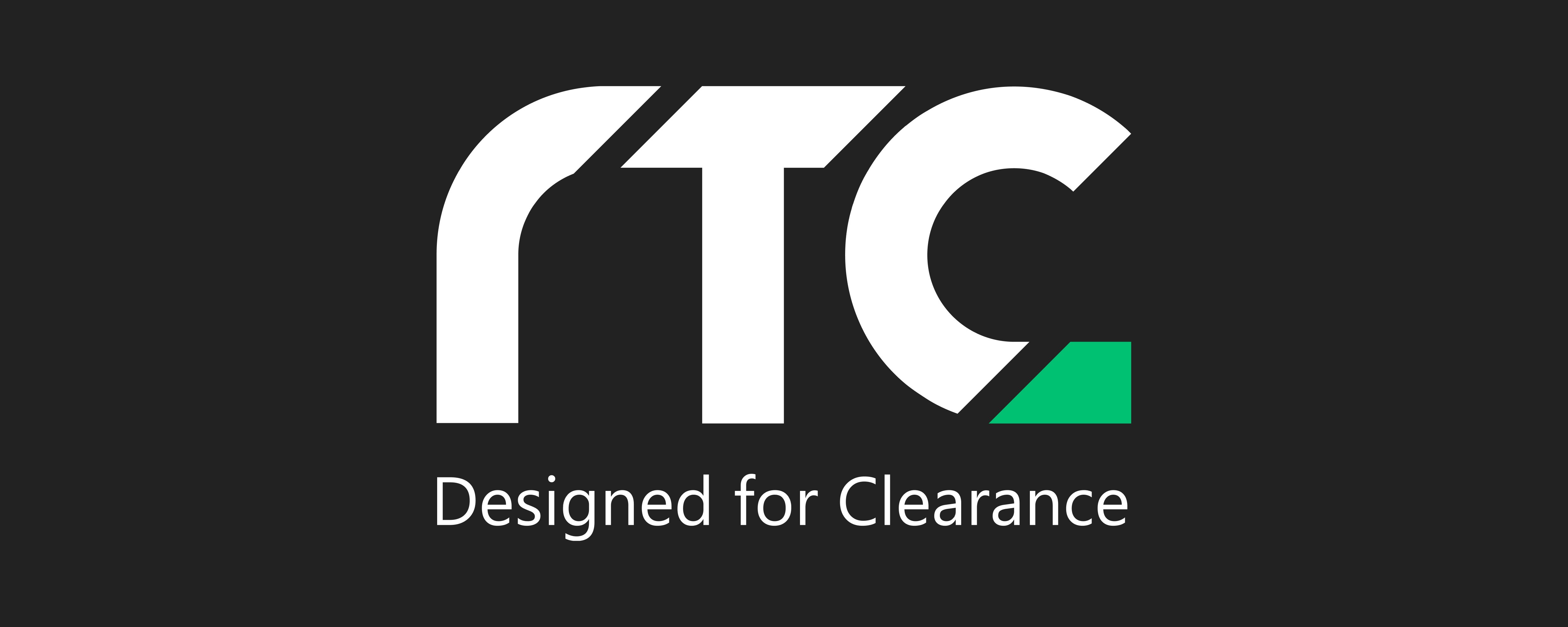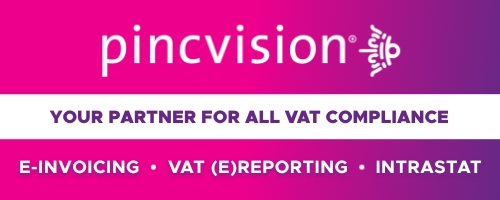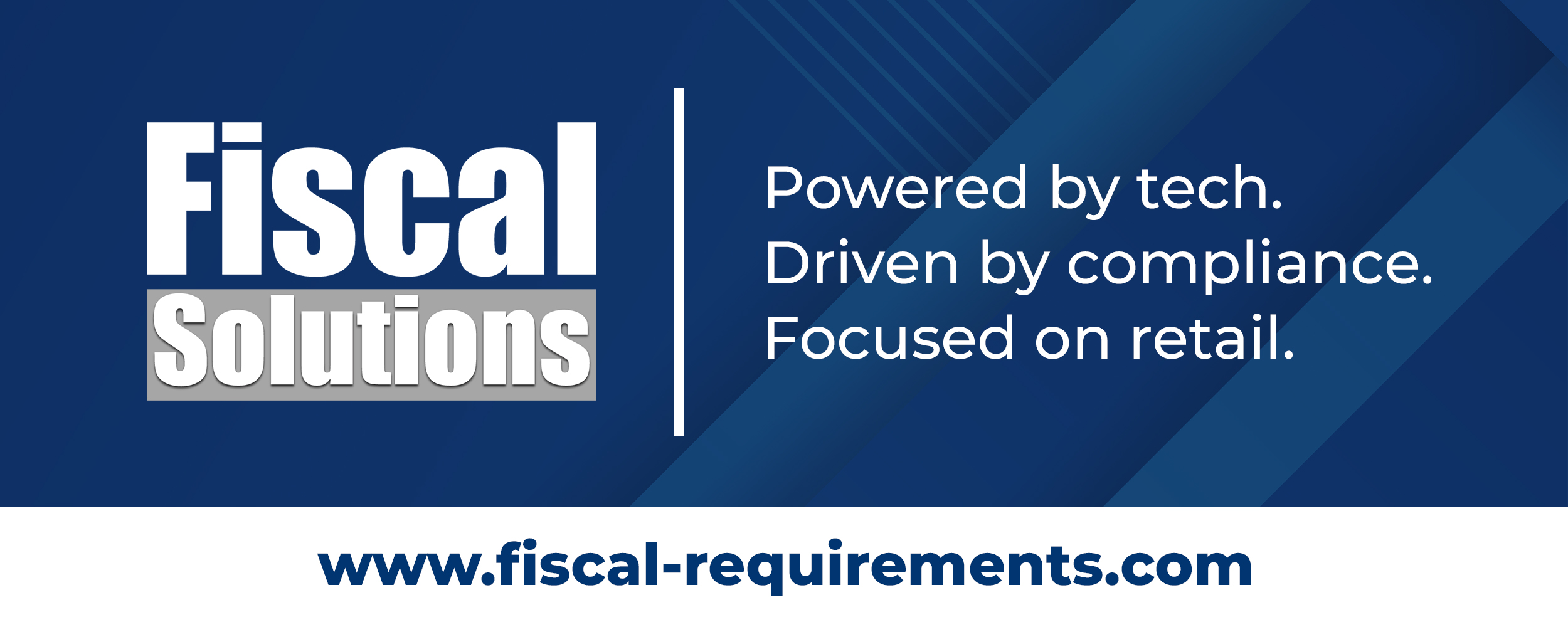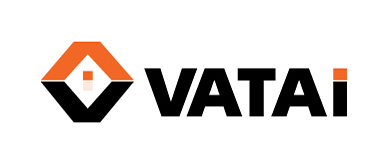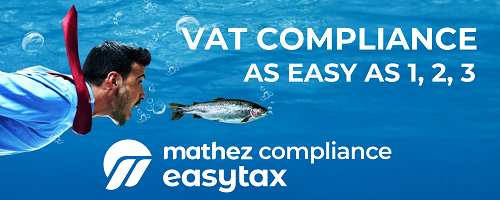-
Align Customs and Transfer Pricing Policies:
Inconsistent customs documentation and transfer pricing policies can trigger tax and compliance risks. Businesses should ensure alignment between customs valuation methods and transfer pricing, including relationship impact, benchmarking timing, and accurate documentation of transfer adjustments reflecting customs regulations. -
Monitor and Adapt Amid Customs Policy Shifts:
Trade tensions and retaliatory tariffs can disrupt pricing structures within multinational groups. Companies must continuously review benchmarking analyses and adjust transfer pricing policies accordingly, ensuring intercompany agreements also consider evolving customs duties and economic functions. -
Evaluate Economic Justification of Adjustments:
When assessing margin changes or shifts in supply chains, businesses should determine whether these are market-driven or reactions to protectionist measures. Such changes may necessitate restructuring or relocation and require detailed functional and risk analyses for transfer pricing documentation. -
Manage Transfer Pricing Adjustments with Care:
Transfer pricing adjustments must be clearly classified and evaluated for tax deductibility under local laws like Article 11e of the CIT Act. Non-EU transactions may also trigger additional VAT and customs considerations, demanding thorough documentation and regulatory awareness. -
Adopt a Proactive Risk Management Approach:
To mitigate compliance risks, companies should integrate policies, update documentation regularly, train staff, and engage external advisors. This holistic strategy strengthens responsiveness to regulatory changes and enhances alignment between customs compliance and transfer pricing frameworks.
Source: MDDP
Click on the logo to visit the website






